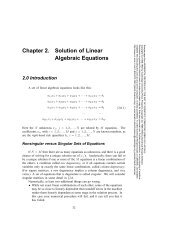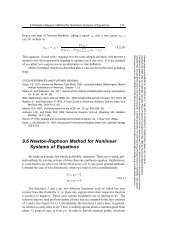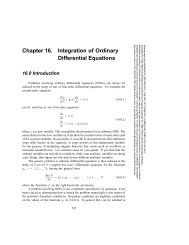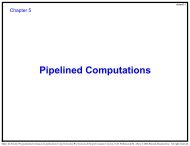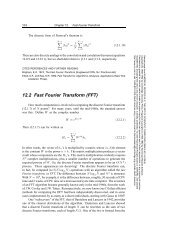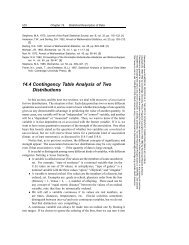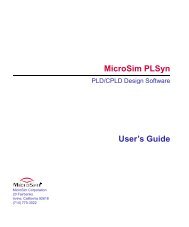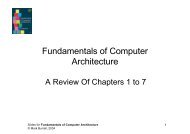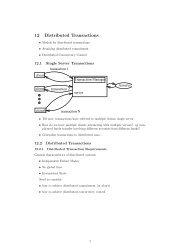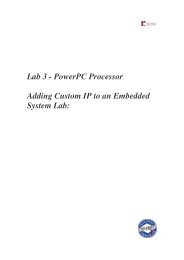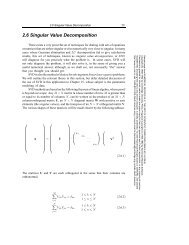ARM710T processor
ARM710T processor
ARM710T processor
Create successful ePaper yourself
Turn your PDF publications into a flip-book with our unique Google optimized e-Paper software.
3.1 Processor Operating States<br />
Note<br />
From the programmer’s point of view, the <strong>ARM710T</strong> can be in one of two states:<br />
ARM state<br />
which executes 32-bit, word-aligned ARM instructions.<br />
THUMB state which operates with 16-bit, halfword-aligned THUMB<br />
instructions. In this state, the PC uses bit 1 to select between<br />
alternate halfwords.<br />
Transition between these two states does not affect the <strong>processor</strong> mode or the<br />
contents of the registers.<br />
3.1.1 Switching State<br />
Entering THUMB state<br />
Entry into THUMB state can be achieved by executing a BX instruction with the state<br />
bit (bit 0) set in the operand register.<br />
Transition to THUMB state also occurs automatically on return from an exception<br />
(IRQ, FIQ, UNDEF, ABORT, SWI etc.), if the exception was entered with the <strong>processor</strong><br />
in THUMB state.<br />
Entering ARM state<br />
Entry into ARM state happens:<br />
1 On execution of the BX instruction with the state bit clear in the operand<br />
register.<br />
2 On the <strong>processor</strong> taking an exception (IRQ, FIQ, RESET, UNDEF, ABORT,<br />
SWI, and so on).<br />
In this case, the PC is placed in the exception mode’s link register, and<br />
execution commences at the exception’s vector address.<br />
3-2



